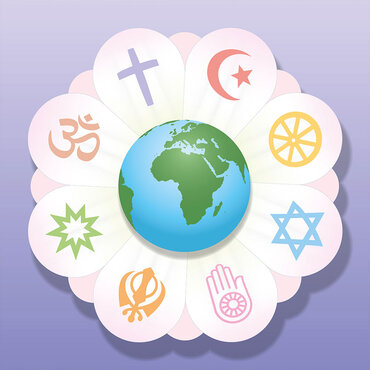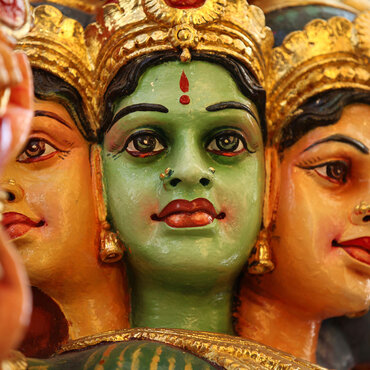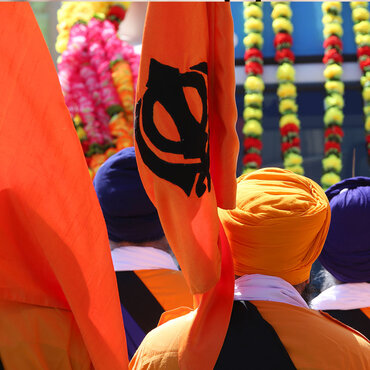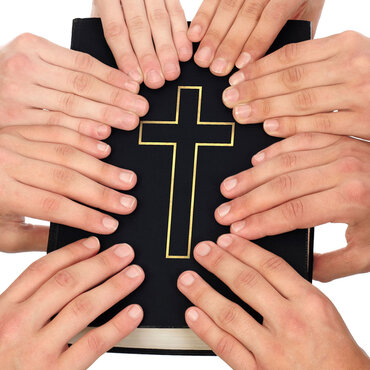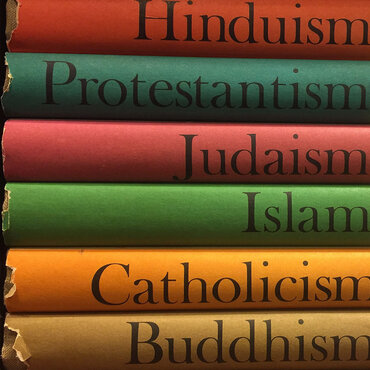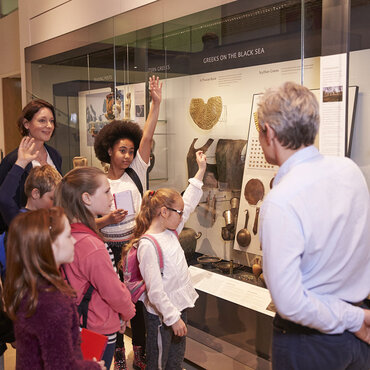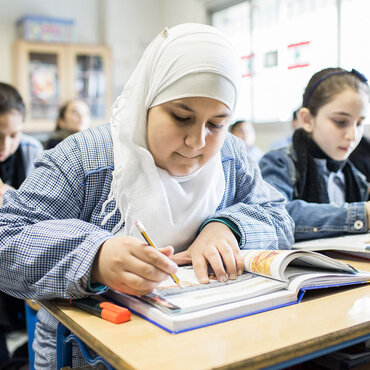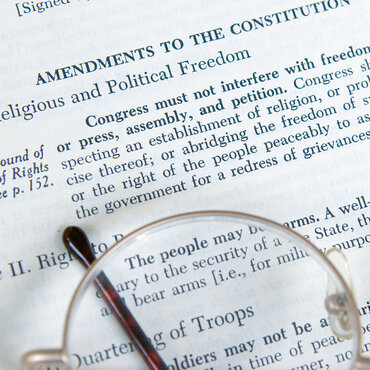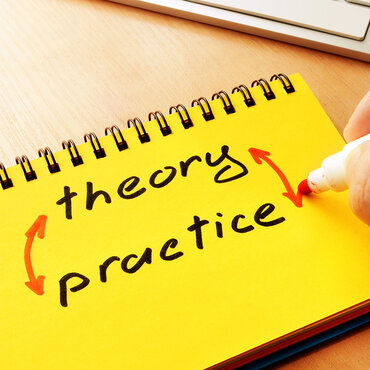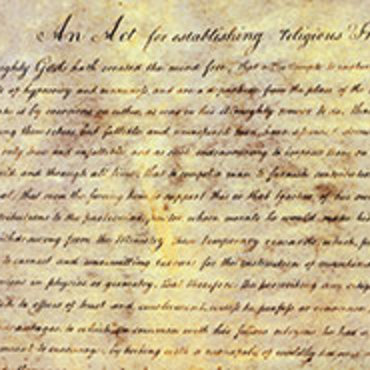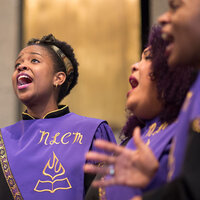
Christian Traditions
This 3-module course demonstrates how the Introduce-Investigate-Intersect-Introspect model can be utilized to explore religious identity formation within Christian traditions.
Get even more great free content!
This content contains copyrighted material that requires a free NewseumED account.
Registration is fast, easy, and comes with 100% free access to our vast collection of videos, artifacts, interactive content, and more.
NewseumED is provided as a free educational resource and contains copyrighted material. Registration is required for full access. Signing up is simple and free.
With a free NewseumED account, you can:
- Watch timely and informative videos
- Access expertly crafted lesson plans
- Download an array of classroom resources
- and much more!
- Religious Literacy
- Educator
Benjamin P. Marcus is a fellow and former Religious Literacy Specialist with the Religious Freedom Center of the Freedom Forum Institute, where he examines the intersection of education, religious literacy and identity formation in the United States. He has developed religious literacy programs for public schools, universities, U.S. government organizations, and private foundations in the U.S. and abroad.
Andrew Henry is scholar of religious studies. His research focuses on the religions of the late ancient Mediterranean world, particularly on the material culture of early Christianity. Andrew also has interests in the intersection of social media technology and religious studies pedagogy and is the founder of the educational YouTube channel Religion for Breakfast.
If this is your first Religious Traditions course, we recommend familiarizing yourself with key frameworks used in religious studies before beginning. Methods of Religious Studies – Review
- Introduce themselves to the tradition
- Investigate the diverse beliefs, behaviors, and experiences of belonging related to differing perspectives on God
- Explore intersections of Christian traditions with Black American history/culture
Reflect
As you begin an exploration of Christian traditions, consider the following questions:
- What do you know/think you know about Christian religious traditions?
- Where did you learn this information? Do you believe these sources are credible? Why or why not?
- Have you personally spoken with someone who self-identifies as Christian about their religious identity or religious tradition?
Introduction
Read the following short essays from Harvard University’s Pluralism Project:
- “Introduction to Christianity” by Andrew Henry
- Explore this set of interactive maps of Christianity around the world from the Pew-Templeton Global Religious Futures Project. You can search for a specific country or browse in different regions of the world. You can also select different branches of Christianity within individual countries.
- What surprises you about these maps? Were there regions where you expected to see larger populations of Christians? Or regions where you thought there were fewer Christians?
Return to the reflection questions above and review the responses:
- What have you learned in this module that has changed or deepened your understanding of Christian traditions?
Investigation
- “‘Othodoxy’ versus ‘Heresy’ in Ancient Christianity” by Andrew Henry, Religion for Breakfast
- “A Tough Mind and a Tender Heart,” Martin Luther King Jr., 1959
- Did the readings and video adequately address the internal diversity of the beliefs, behaviors, and experiences of belonging in Christian traditions?
- Is it more appropriate to speak of a Christian tradition or multiple Christian traditions?
- Are there beliefs, behaviors, or experiences of belonging that bind together all people who self-identify as Christian?
Intersection
- Gospel Music and African-American History (c-span.org)
- We have learned that religions are embedded in all aspects of culture. Here we see Christian traditions embedded in the cultural concept of race in American history. Pick one reading and discuss what you found surprising about the experiences described in them.
